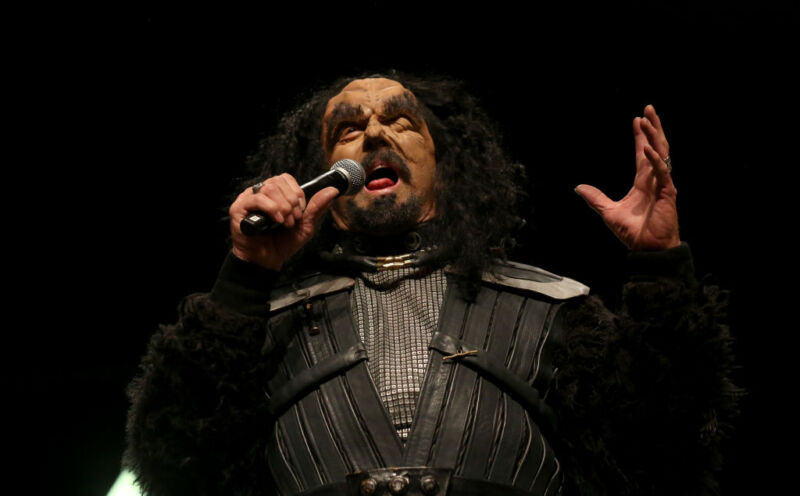
Enlarge / Actor J.G. Hertzler, dressed as his character Martok from the Star Trek television franchise speaks during the “STLV19 Klingon Kick-Off” panel at the 18th annual Official Star Trek Convention at the Rio Hotel & Casino on July 31, 2019 in Las Vegas, Nevada. (credit: Gabe Ginsburg | Getty Images)
Most languages develop through centuries of use among groups of people. But some have a different origin: They are invented, from scratch, from one individual’s mind. Familiar examples include the international language Esperanto, the Klingon language from Star Trek and the Elvish tongues from The Lord of the Rings.
The activity isn’t new—the earliest recorded invented language was by medieval nun Hildegard von Bingen—but the Internet now allows much wider sharing of such languages among the small communities of people who speak and create them.
Christine Schreyer, a linguistic anthropologist at the University of British Columbia’s Okanagan campus in Kelowna, Canada, has studied invented languages and the people who speak them, a topic she writes about in the 2021 Annual Review of Anthropology. But Schreyer brings another skill to the table: She’s a language creator herself and has invented several languages for the movie industry: the Kryptonian language for Man of Steel, Eltarian for Power Rangers, Beama (Cro-Magnon) for Alpha, and Atlantean for Zack Snyder’s Justice League.






